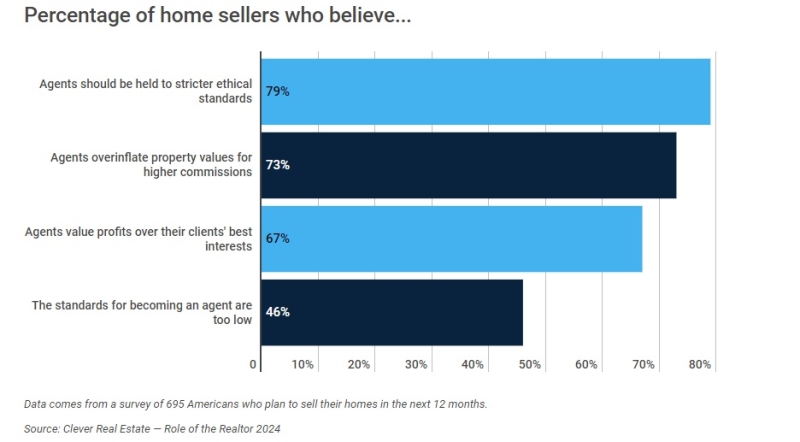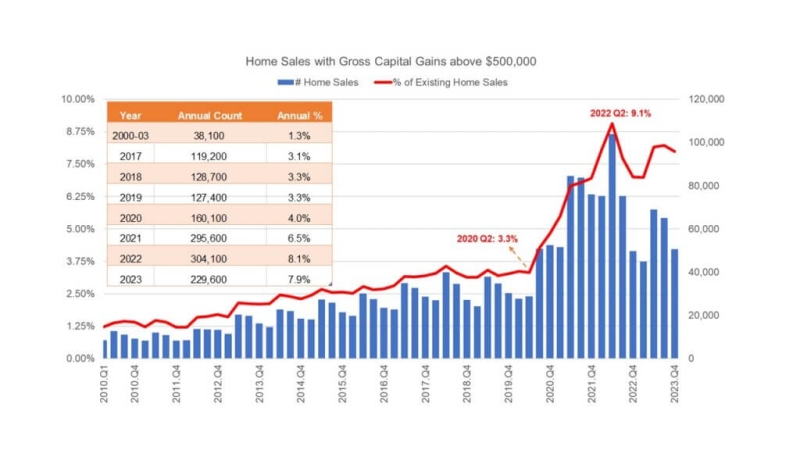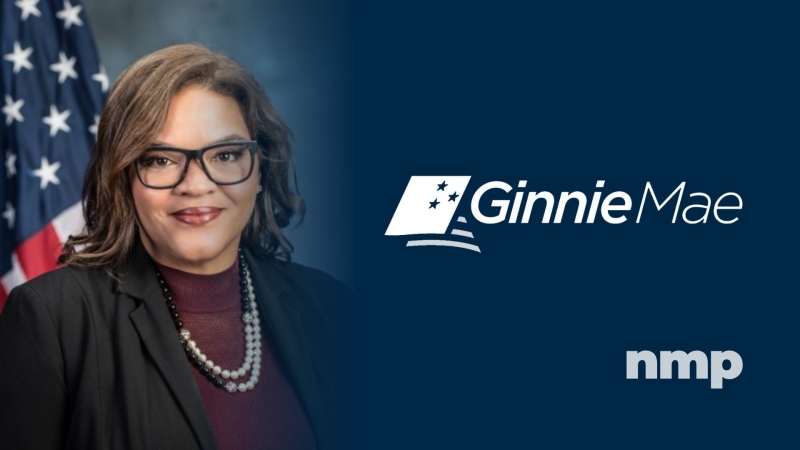Advertisement
All In: Increasing Engagement Among Minorities and Women in the Industry

Historically speaking, the housing finance industry was built, developed and operated by faces that looked fairly similar to one another. Today, however, those faces are changing and representing a wider range of experiences from varying ethnic, socio-economic and professional backgrounds. This shift didn’t happen overnight, but it can be seen through the proliferation of groups like the National Association of Minority Mortgage Bankers of America (NAMMBA), the National Association of Professional Mortgage Women (NAPMW) and Women in Housing & Finance. In a day and age where copious examples of undeniable research on the benefits of diversity to business performance are available, it’s important to understand that it’s not enough to just attract more diverse candidates to the housing finance industry. It is also critical that your organization lays out a plan to keep those diverse employees engaged in making meaningful contributions to your company’s progress and the industry overall. Let’s walk through some thoughtful approaches on how to make genuine strides in increasing engagement among minorities and women in the mortgage industry.
Inclusion: It’s here to stay
For at least the past decade, you’ve heard the word “inclusion” in every board room, focus group, and roundtable discussion. It’s likely been etched into your memory because, simply put, the importance of being inclusive is not going anywhere. Inclusion is not just the latest buzzword. It’s the next evolution of diversity, as we shift our focus from not just attracting diverse talent to the housing finance industry, but also retaining that talent. The age-old question of how to attract more diverse candidates to housing finance now has a second part—once they’re here, how can we keep them engaged and invested? When we talk about inclusion, we’re not just referring to being inclusive of someone’s physical differences, but also their experiences, perspectives and abilities. If your company plans to make a more concerted effort to be more inclusive of minorities and women, there are a few things you can do to ensure all parties benefit:
►Show off your values. What’s important to your business? Is bottom-line profit all that matters, or does employee experience rise to the top? Maybe it’s a combination of both. It’s vital to be crystal clear on your business priorities. To achieve them in an inclusive manner, though, you need to be just as explicit about how your employees work together and the behaviors that are rewarded—in other words, your values. If you don’t have them, define them loudly and repeatedly. If you have them, make sure you’re talking about them and living them every day.
►Everyone wants to be heard. Historically, women and minorities haven’t always been well represented at the top decision-making levels of most companies. While the housing finance industry has made some progress, there is still a lot of work to do. Diverse employees also want a seat at the table and appreciate having their voices heard. Be open to their opinions; build mechanisms that encourage sharing across levels of the business. Not because you’ve been forced, but because you understand the very real value of diverse perspectives in driving the best outcomes. We’ve all seen what can happen when there aren’t enough differing opinions or perspectives in decision-making rooms. Products or services get released that miss the mark with customers for reasons others in your organization would have noticed as they came to the project through a different lens. Don’t put yourself or your company in a position where forgetting to engage your diverse workforce results in your customers forgetting about you.
►THEIR growth is YOUR growth too. Give your minority and female employees the platform to build their skillsets and contribute in a meaningful way. Include them in your attendee lists for industry conferences or professional organizations, and charge them with bringing back their “learning” to your business. Not only will this allow them to assess the event through their own lens, but it also will position them as a knowledgeable resource among their colleagues as they share their impressions and new information. Advancing engagement, inclusion and the company all at the same time.
►Don’t let them be “The Only.” There are many organizations where certain employees may feel alone, because they may often find themselves as the only_____ person in the room. While this can’t be avoided in every meeting, you can work to make it occur less often. Be intentional about hiring an employee population that represents the customers you serve and make sure they’re aware of your company’s support systems once they’re hired. Whether that’s a mentorship program with a senior leader, affinity groups, or just overall healthy inclusive conversation within the organization, strive to be more inclusive every day and eventually it will become the norm at your company.
Lead the way
The phrase “The apple doesn’t fall far from the tree” isn’t just for rowdy kids and their parents. The same is true in business. Your senior leaders are your tree and whatever cultural fruit they bear—be it tasty or rotten—are more times than not, a direct result of how they lead and engage with others around them. If your top-level executives are more concerned with being the smartest person in the room than seeking out diverse perspectives, you can expect the organization to reflect that same non-inclusive mentality. Conversely, if your leaders truly live by an open-door policy, actively seek out the opinions and thoughts of others, and demonstrate their commitment to hiring a diverse workforce that represents their community, it should come as no surprise that their employees carry out those same principles.
To take it a step further, it’s also important that minorities and women see a visible path to attainable leadership and professional development. Develop initiatives and strategies that provide growth opportunities within the organization so employees enjoy a positive and lengthy career with your organization. Whether it looks like a stretch assignment, job shadowing, or rotational programs, there should be clear routes to build their leadership skills, technical skills, and organizational profile. Side note: Before you dive into additional strategies, make sure your minority and female employees (really, all of your employees, for that matter) are engaged in meaningful work. So many people find themselves completing mundane tasks or not understanding how their work moves the organization forward. They end up leaving the office each day feeling as though they haven’t made a valuable or impactful contribution. If your goal is to increase engagement, focus on ensuring their work is interesting and challenging and that they understand why it’s important. Help them to own their contributions and take pride in the fact that each day they have the unique opportunity to make a difference.
Don’t let the data scare you
When it comes to engaging a diverse workforce, we’re either too scared to see what the data says or we simply assume that we’re doing the right thing. Consider the data your friend and use that to inform your strategy or areas for improvement and growth. Look at your retention and promotion rates of minorities and women to see where you are. Look at your engagement scores across different cuts of demographics. Sometimes it’s not pretty and may even feel downright discouraging, but use that as your fuel. Your fuel to make a difference in your company and change the game. Your fuel to develop strategies and approaches to engage these groups to make significant strides toward your business goals. You have to start somewhere and if you don’t know where you are, then you won’t know where to go or how to get there.
It’s not a race
Increasing the engagement of women and minorities in the housing finance industry doesn’t have a one-size-fits-all model. It’s also not a race to the finish line. In fact, there really isn’t a finish line. The need for more diversity within the mortgage lending space is apparent—and how to engage diverse employees once they’ve joined should be at the forefront of every organization’s people strategy. While you have to find the route that works best for your business, fostering an inclusive environment, leading by example from the highest levels of the company, and being open to the fact that your data may not look as good as you thought should give you a decent head start. We’re all in this together, and we’ll all be the better for it.
Quincy Amekuedi is the recruiting leader for Genworth Mortgage Insurance, where he works with various business partners to set strategies for recruiting, employment branding, and diversity and inclusion across the organization. Amekuedi earned a bachelor’s degree in brand management and marketing from North Carolina State University and joined the staffing and recruiting industry in 2012. The statements provided are the opinions of Quincy Amekuedi and do not reflect the views of Genworth or its management.
About the author





